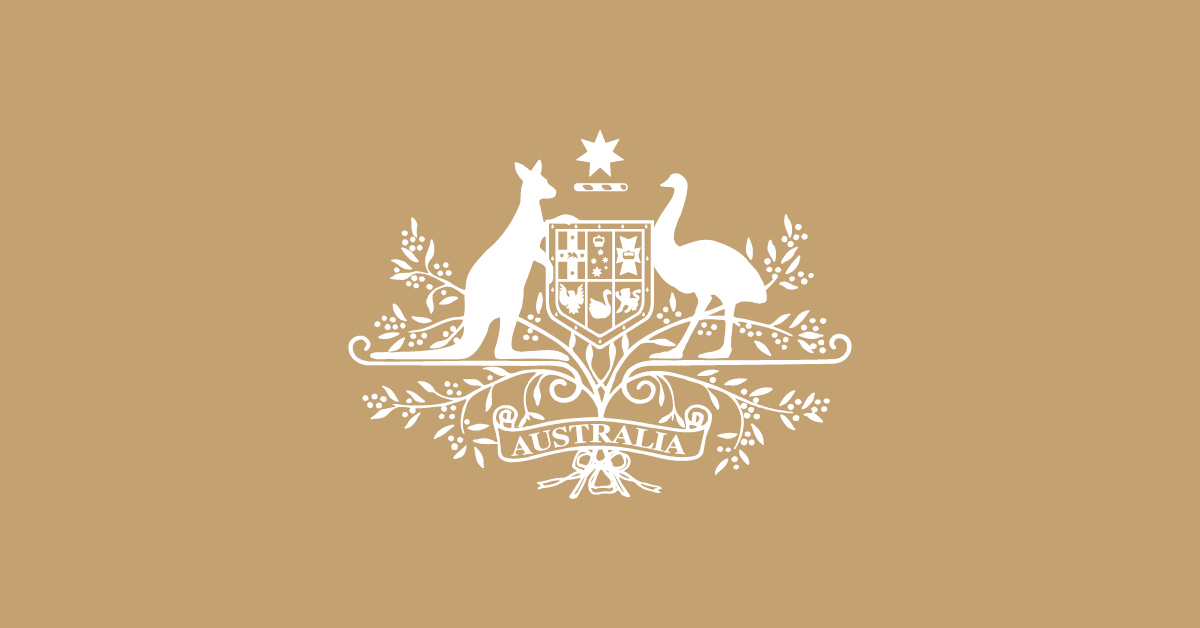
2024 Simpson Prize and Award Ceremony
I begin by acknowledging the Traditional Owners of the land on which we meet and pay my respects to their elders past present and emerging.
This is the 25th anniversary of the Simpson Prize.
And I want to start by thanking you, Paul and Catherine, the History Teachers’ Association and everyone who’s helped make this happened.
This is an important thing we do.
Over the last 25 years, tens of thousands of students from hundreds of schools have submitted essays and more than 200 students have been awarded this prize.
And we add to that today.
This year marks 25 years of the Simpson Prize. It also marks 110 years since the outbreak of World War I.
The war that forged the Anzac legend.
Every 25th of April, we stop as a country and promise ourselves that we will remember those Australians who fell in that war and every one that followed.
We do that even though we never met them.
And we do it in ever growing numbers.
This year you were asked ‘why?’
Why the commemoration of the Anzac tradition has such widespread support.
Anzac Day is not a celebration.
There is nothing about war to celebrate.
But it does give us an insight into who we are.
And the extraordinary capacity that lies within all of us.
At the Australian War Memorial in the Hall of Memory, lies the Tomb of the Unknown Solider.
We do not know who that soldier is.
His remains were brought back from the Western Front and have now rested there, in the War Memorial, for 30 years.
In thinking about the question you were asked, I thought about the speech Paul Keating made on the day that soldier’s remains were interred there.
This is what he said:
“We do not know this Australian’s name and we never will…
We know that he was one of the 45,000 Australians who died on the Western Front. One of the 416,000 Australians who volunteered for service in the First World War. One of the 324,000 Australians who served overseas in that war and one of the 60,000 Australians who died on foreign soil. One of the 100,000 Australians who have died in wars this century.
He is all of them. And he is one of us.”
And then he went on:
“..out of the war came a lesson which transcended the horror and tragedy and the inexcusable folly.
It was a lesson about ordinary people – and the lesson was that they were not ordinary.
On all sides they were the heroes of that war; not the generals and the politicians but the soldiers and sailors and nurses – those who taught us to endure hardship, to show courage, to be bold as well as resilient, to believe in ourselves, to stick together.”
They are the reason we commemorate Anzac Day.
The reason we stand in silence as the sun slowly rises.
Because of what they did for us.
For an Australia and Australians they would never know.
Thank you for reaching across the void of time to seek to know them, what they did and why they did it.
Eliza, Rainer, Patrick, Lara, Maria, Elora, Charlotte, Elizabeth, Diya, Daniel, Nabeeha, Charlie, Elisa, Amelia, Jeremy and Lilly.
Congratulations to all of you.
This year more than 1,000 students from 79 schools participated.
And I want to give a special mention to Lara from St Monica’s College in Queensland.
Lara couldn’t be here today.
Her essay examined the way the Anzac tradition has changed over time to become more inclusive towards women, Indigenous Australians and multicultural communities.
What really caught my attention was that this wasn’t her first time entering this competition.
She entered last year and was a runner-up.
That experience inspired her to enter again this year and I’m so glad she did.
Lara and all our other winners are off to Singapore next month for a study tour and a chance to witness the dawn service there.
About 13 years ago I took a group of young people from high school in my electorate and other parts of Australia, to Singapore.
We stopped there before we flew to Malaysian Borneo where we followed the path of the Sandakan Death March.
What happened at Sandakan, and on the track to Ranau was the worst atrocity in Australian military history.
Of all the sick and starving prisoners of war who were forced to march to Ranau, only six survived.
Six Australians who escaped and came home.
That’s a death rate of 99.8 per cent.
We walked in their footsteps and then flew back to Singapore and visited the Kranji War Cemetery.
And as we walked around the tombstones, we saw a boy and his father kicking a soccer ball.
One of the students I took on the track – who was a bit of a wild child at the start – turned to me and said, “that’s not respect”.
Learning the stories of men whose remains lay under those tombstones changed him.
They changed all of us for the better.
And I hope you get an even deeper sense of that when you visit. I hope to be there with you.
Thank you very much.
